LEGO Technic 42141 McLaren Formula 1 Race Car review
The wizards of Woking have created an astonishing F1 car with a budget of $145m, but you can build one for considerably less in LEGO Technic 42141 McLaren Formula 1 Race Car.
Formula 1 is something of a divisive sport. There are those who are gripped by the on-track action (to say nothing of the off-track politics), while others take the view that any sport where the outcome can be dictated by team orders rather than the skill of the participants isn’t really a sport at all.
Whatever your opinion, there are a few things that can’t be disputed: that the drivers have enormous courage and ability; that it takes an enormous team to put an individual on the podium; and that the cars themselves – for many, the stars of the show – are at the bleeding edge of technological development.
Rule changes in the sport mean that many teams have been heavily revising their cars this year or, indeed, starting with a clean sheet, and that includes McLaren. However, while the engineers at Woking were working on the 2022 car, they had Lars Krogh Jensen, LEGO Technic designer, peering over their shoulders – and as the car took shape in Surrey, over in Billund, a second car was being created.
Unveiled in the same week, the 2022 McLaren MCL36 and 42141 Technic McLaren Formula 1 Race Car both look astonishing. You can read our comparison of the two here, but for now, what’s the LEGO version like to build…?
— Set details —
Theme: LEGO Technic Set name: 42141 McLaren Formula 1 Race Car Release: March 1, 2022
Price: £159.99 / $179.99 / €179.99 Pieces: 1,432 Minifigures: 0
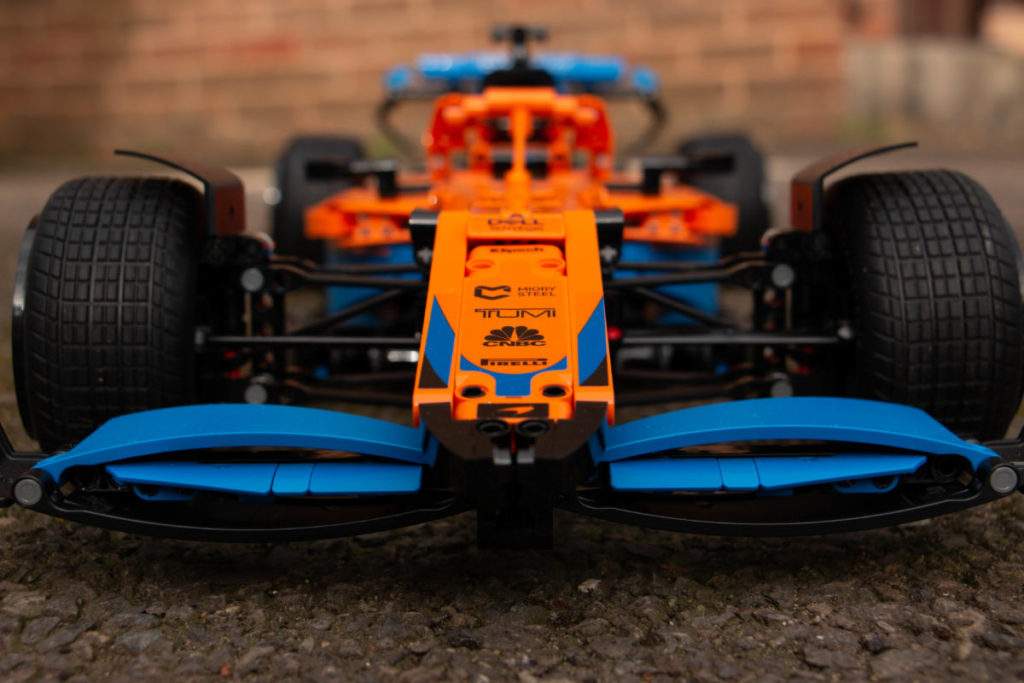
— Build —
Opening the instruction booklet, there are a few pages of images, plus quotes from Andreas Seidl, the Team Principal at McLaren F1, and Lars Krogh Jensen, the LEGO designer tasked with recreating the car in LEGO Technic. Niceties over, it’s on with the build.
Anyone who’s driven a modern car knows how bloated they’ve become. Small cars have become large and large cars have become enormous. An F1 car, however, consists simply of that which is absolutely necessary and nothing more. It’s motoring at its purest. So we start with the front suspension, then move on to the V6 engine and begin to construct the chassis.
After a few hours you’ve added the rear suspension, put the sections together and you sit back to admire what you’ve created. And if you’re anything like us, you might consider stopping there and putting the set on display. This is no toy – this is scarcely a model. This is engineering in plastic. The double-wishbones aren’t merely a facsimile of a real-life set up; this is how they actually work.
The springs are inboard, horizontal and already under a lot of compression, which means that the suspension is incredibly stiff – the finished model can be pushed down, but it barely moves more than a few millimetres. Okay, the engine probably has rather fewer components than the actual V6, but as the car moves you can still watch the pistons pumping.
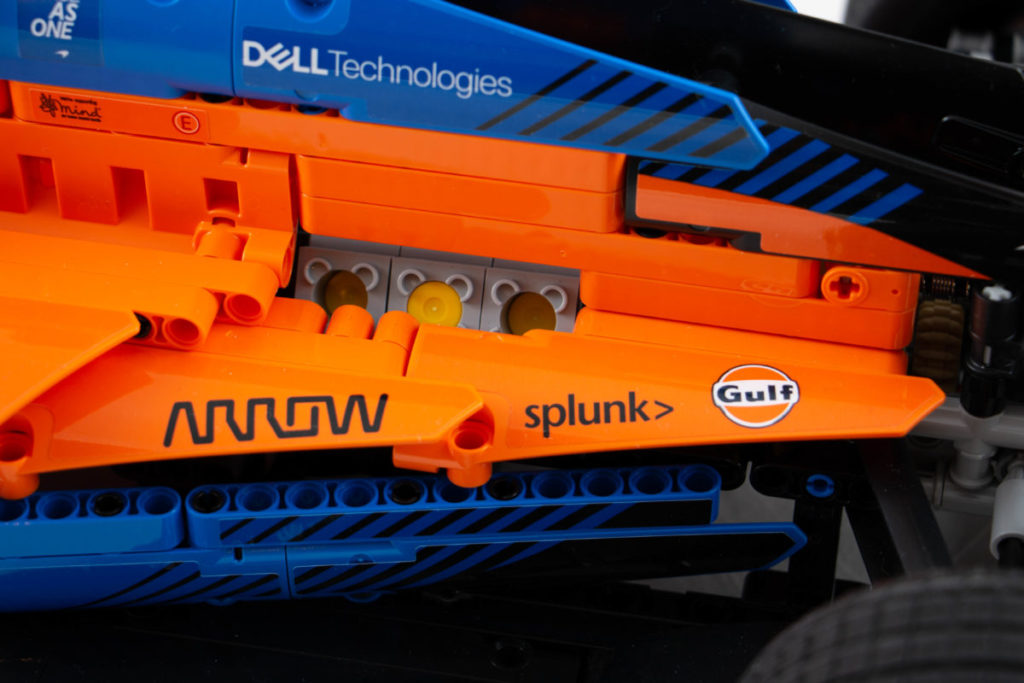
For a set of this size – the finished car is two feet long – there are relatively few traditional Technic functions. There’s no gearbox, for example, whereas in a set like 42115 Lamborghini Sián FKP 37, building the gearbox could take a couple of hours by itself. Functionality is restricted to working steering, suspension, the engine pistons, a differential, and… that’s about it. Some may argue that as a Technic set, and one that commands a premium price, it should have had more.
But chances are you simply won’t care. Even at this stage you can tell that this set is something special.
Once the minimalist chassis is complete, work on the body begins. This must have been a headache for Jensen, as looking at the MCL36, it doesn’t seem to have a straight line on it anywhere – it appears to be a fluid that’s been frozen. An odd fluid, admittedly. We probably wouldn’t drink anything that was ‘Fluro Papaya and New Blue’ (unless it’s on the packaging), but it’s a striking colour combination all the same.
Slowly it comes together, and as it does, out come the sticker sheets. All three of them. There are 66 stickers in total, from tiny silver rectangles that mimic the wing mirrors, to huge items that have to line up with their neighbours. And don’t get us started on the four circular stickers that put the Pirelli P-Zero logos on to the aerodynamic wheel covers – we’re still waking up with palpitations.
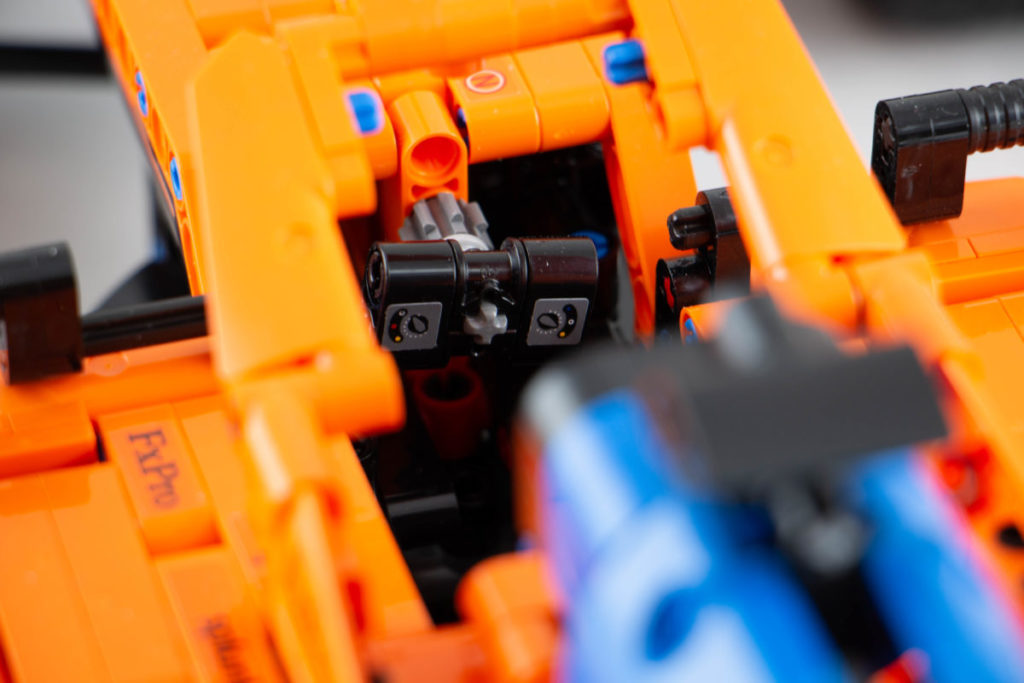
The other thing that gives us nightmares is the steering wheel. The steering uses a 12-toothed gearwheel and a 7M Rack, and if you don’t ensure that the rack is centred at all times as you’re constructing the front end, you’ll find, as we did, that when the steering wheel goes on, it’s not level when the front wheels are facing forward.
We briefly considered a major deconstruction/reconstruction effort, but decided in the end to just pretend that it hadn’t happened. Feel free to learn from our mistakes!
The end result is a minimalist thing of beauty. As a build it’s challenging but rarely frustrating. and you’ll often find yourself sitting back and admiring (or just scratching your head at) the way it comes together. Huge sections of bodywork seem to shrink as they attach to the main structure, leaving you to wonder just where those 1,400+ parts actually went.
This isn’t a build to be rushed. It’s one to be savoured.
— Characters —
There are no minifigures in this set. There is an incredible F1 car though, so don’t feel hard done by.
— Price —
More and more frequently we look at Technic sets – indeed, LEGO sets in general – and can’t help but wince a little at the price. In contrast, though, at £159.99, 42141 McLaren Formula 1 Race Car seems like an absolute steal. Without wishing to give the LEGO Group ideas, this could easily have been a £180 set and there wouldn’t have been many complaints.
— Pictures —
— Summary —
Unlike cranes or bulldozers, the LEGO Technic open-wheel racing car is something of a rare beast. There have only been seven in the past 28 years, and it’s been nine years since the last of them – 42000 Grand Prix Racer – appeared. But looking at 42141 McLaren Formula 1 Race Car, it’s as though the Technic team have been making them every day for years.
It’s not to say that it’s the perfect set. Critics will point to the differences in livery, the angles where there should be curves, the lack of a working gearbox and other functionality. We accept that and yet, somehow, it doesn’t matter. What Jensen has created here is a model of a cutting-edge racing car, distilled down to its very essence. Once you’ve built it, you won’t need to go and press down on the wing to know just how well the suspension works. You won’t feel the need to fiddle with the underbody diffusers.
It’s enough to admire it for what it is: a recreation of an astonishing technical achievement and an object of not inconsiderable beauty. You’ll build more complex Technic sets, sure. But you won’t find many that you enjoy more than this.
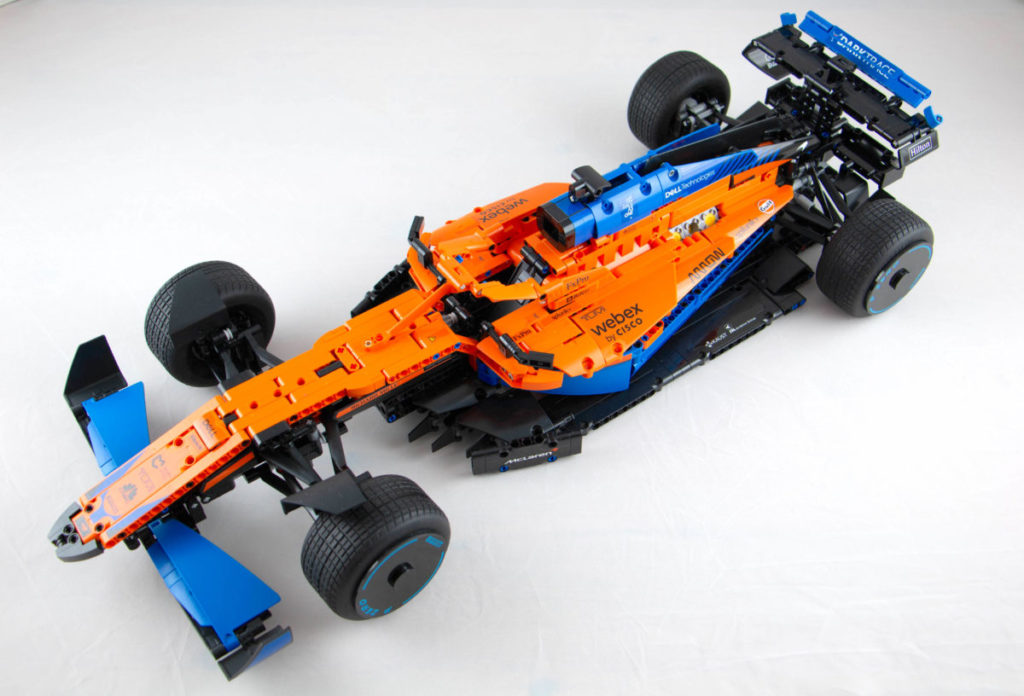
This set was provided for review by the LEGO Group.
If you’re considering buying some LEGO (like the McLaren!), then help Brick Fanatics by purchasing via one of our affiliate links – every brick helps!
— FAQs —
How long does it take to build LEGO Technic 42141 McLaren Formula 1 Race Car?
With 11 bags of pieces and 66 stickers, it takes around seven to nine hours to complete 42141 McLaren Formula 1 Race Car, but it’s not a build to be rushed – take your time!
How many pieces are in LEGO Technic 42141 McLaren Formula 1 Race Car?
It takes a grand total of 1,432 pieces to put together LEGO Technic 42141 McLaren Formula 1 Race Car.
How big is LEGO Technic 42141 McLaren Formula 1 Race Car?
42141 McLaren Formula 1 Race Car is a large set, and it will be a challenge to find a display shelf for it. It’s 65cm long, 27cm wide and 12cm high.
How much does LEGO Technic 42141 McLaren Formula 1 Race Car cost?
42141 McLaren Formula 1 Race Car is released on March 1, 2022 and is priced at £159.99 in the UK, $179.99 in the US and €179.99 in Europe.
Author Profile
Latest entries
News29/11/2022The doctors who swallowed LEGO – every parent will sympathise
News29/11/2022LEGO Ideas is heading for another huge review in January
News29/11/2022LEGO Christmas GWP 40565 Santa’s Workshop, qualifying details confirmed
News29/11/2022Reddit user gives LEGO 75288 AT-AT a seasonal makeover

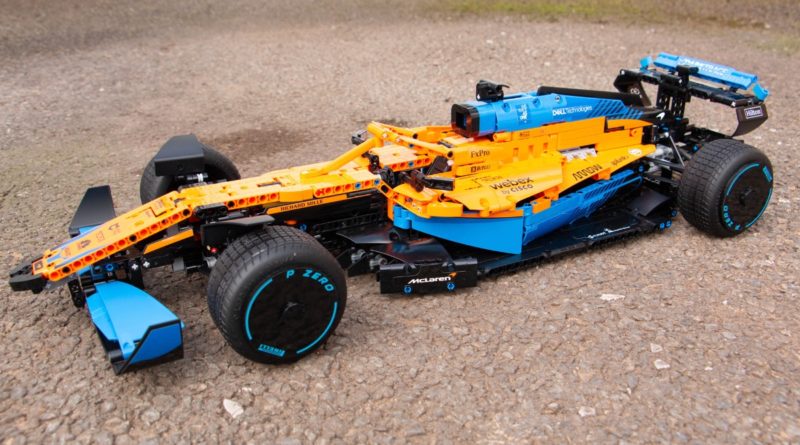

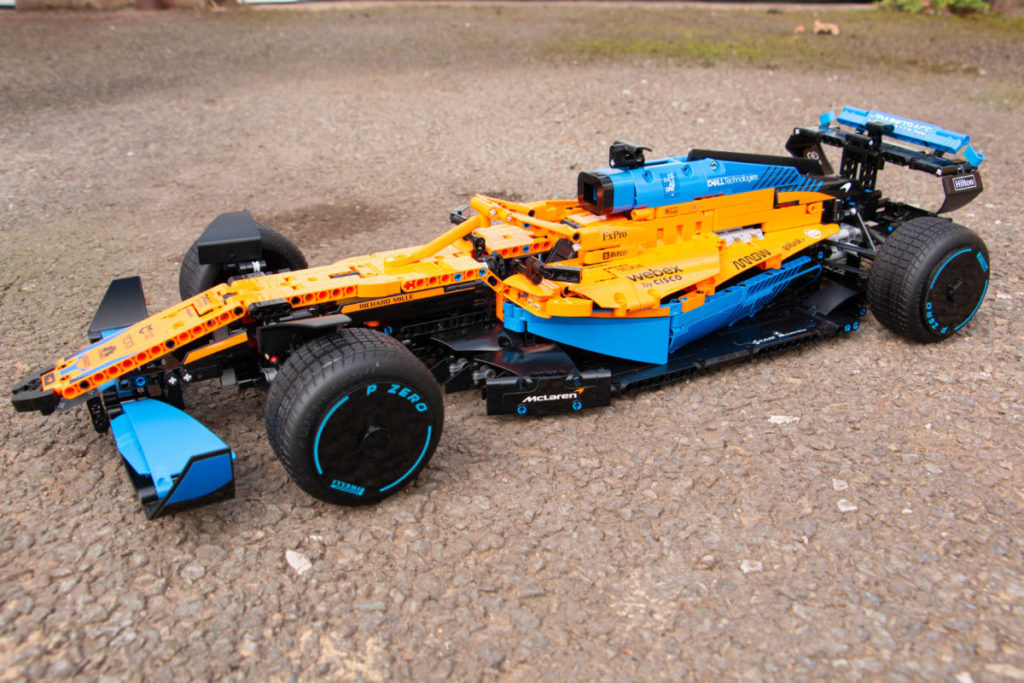
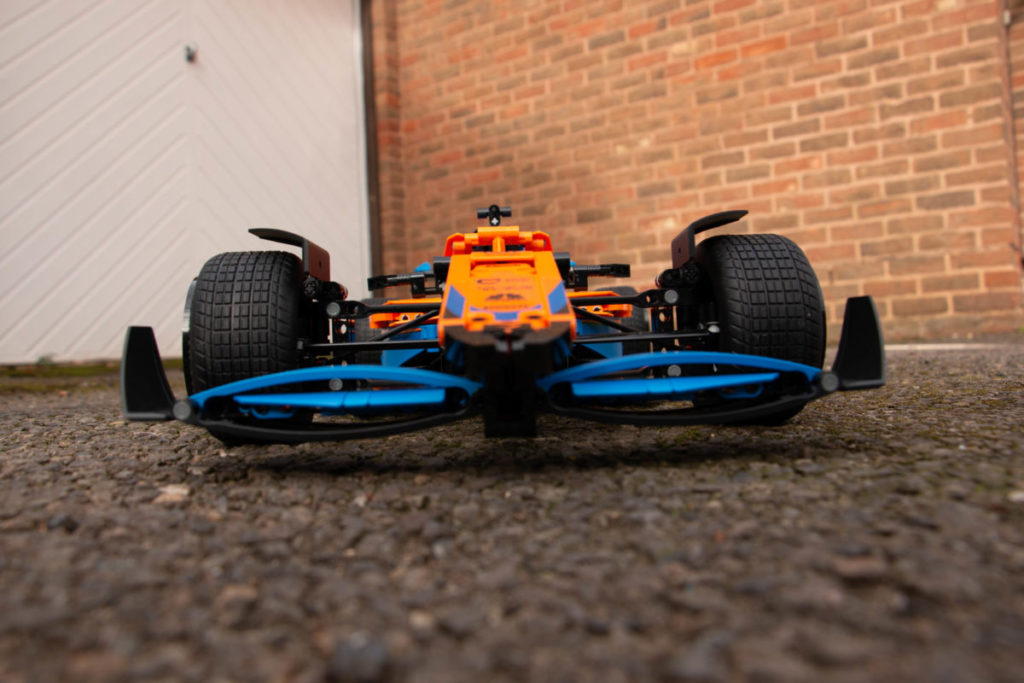
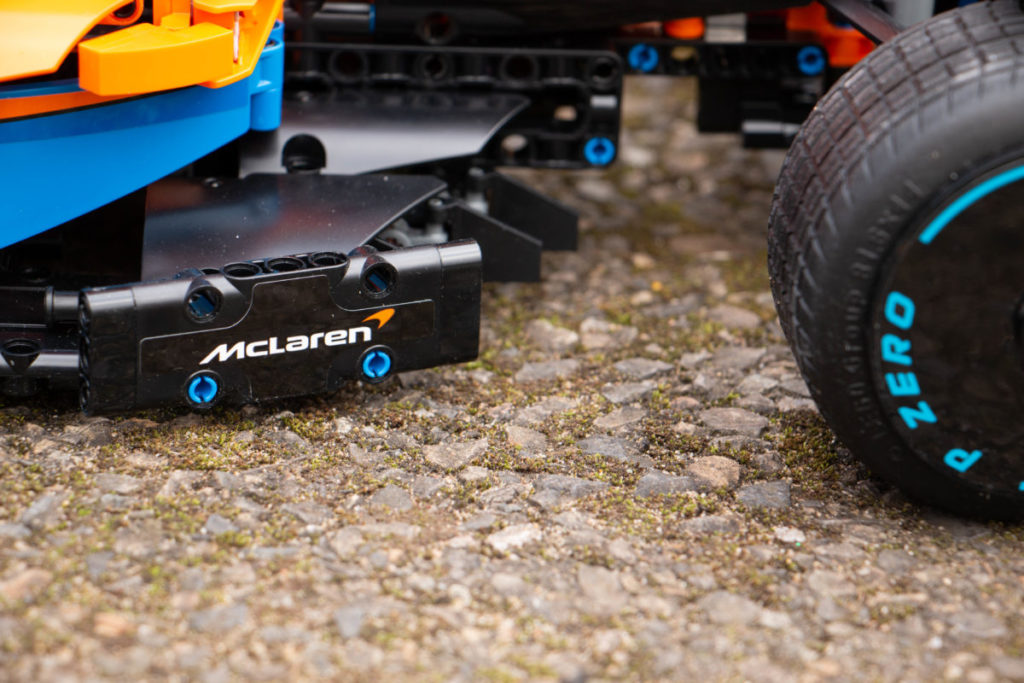
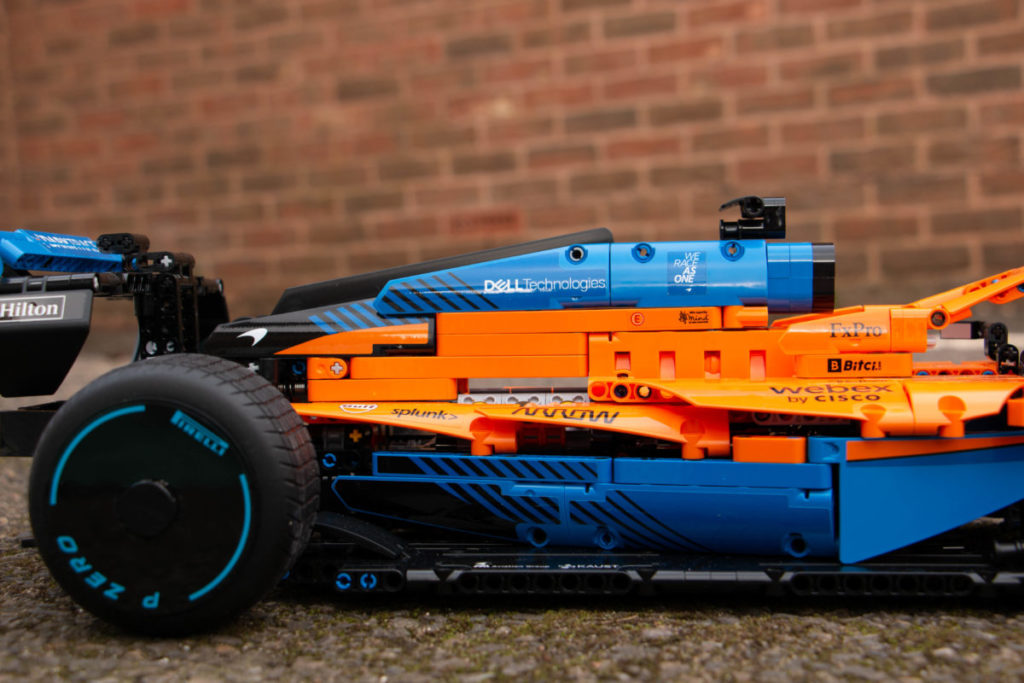
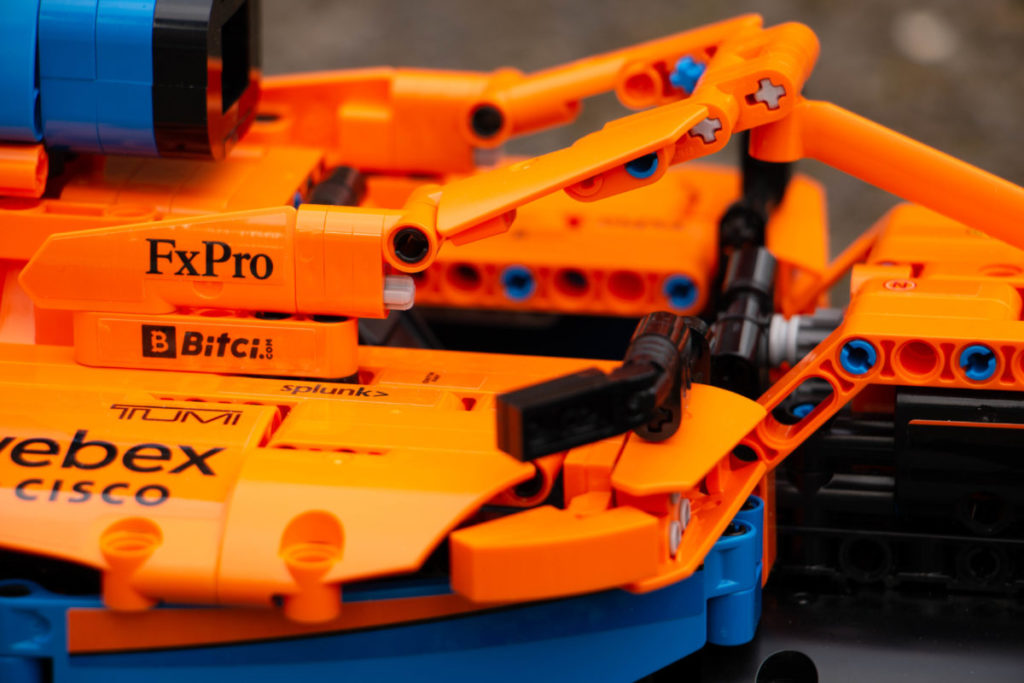
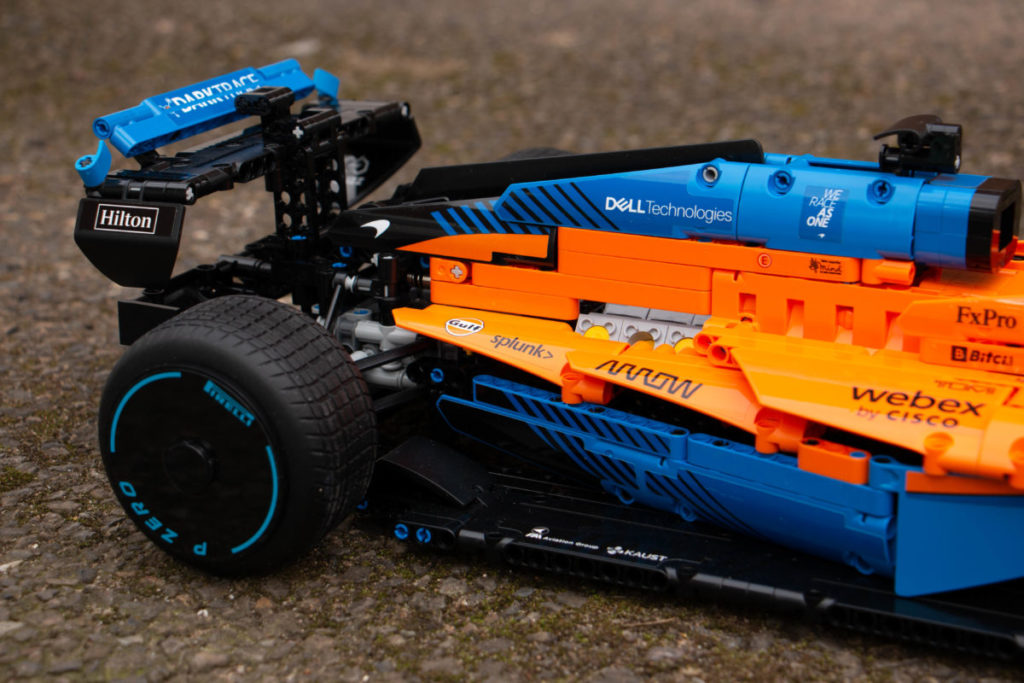
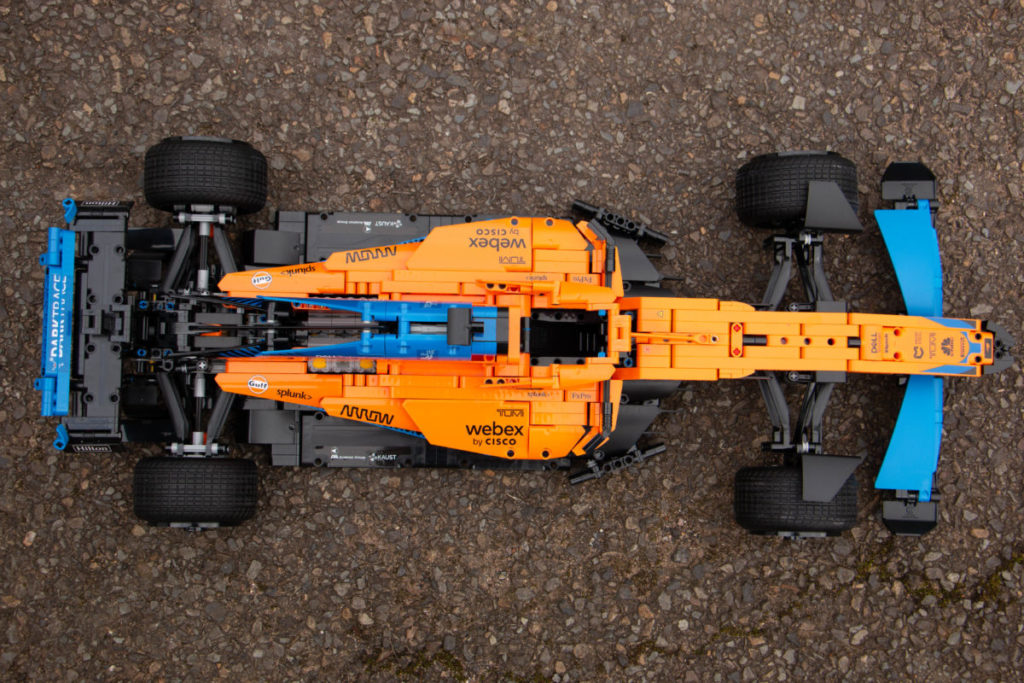
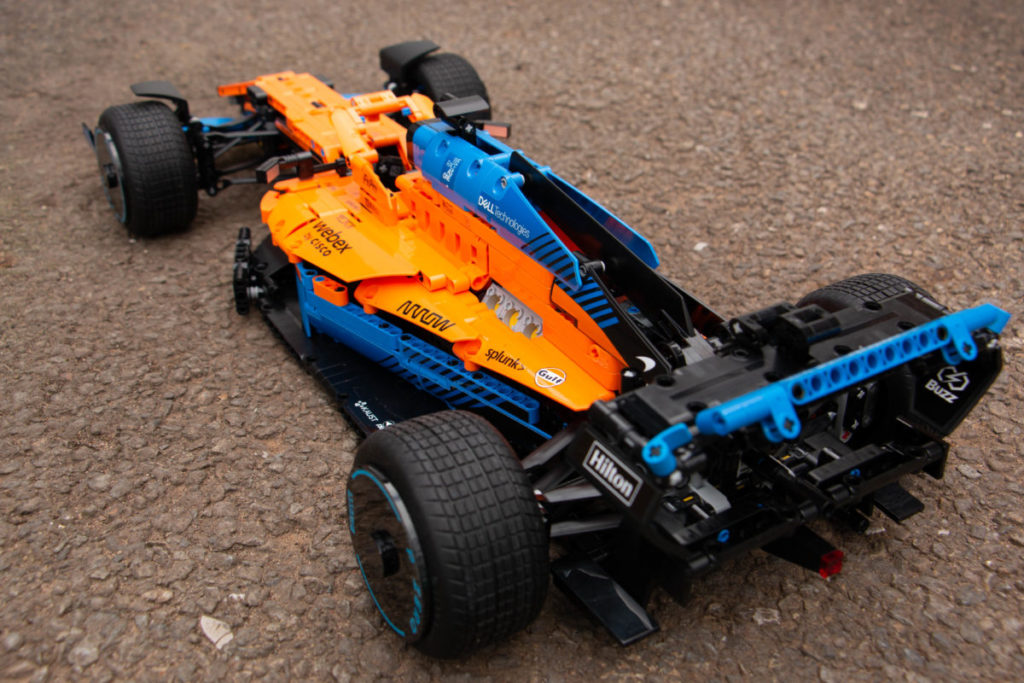
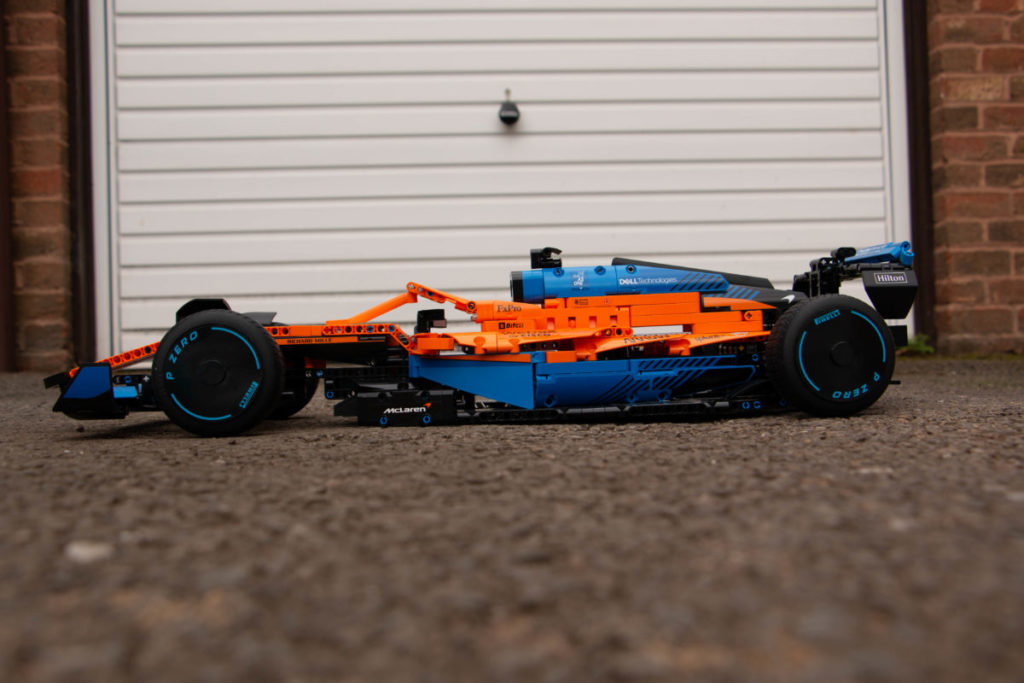
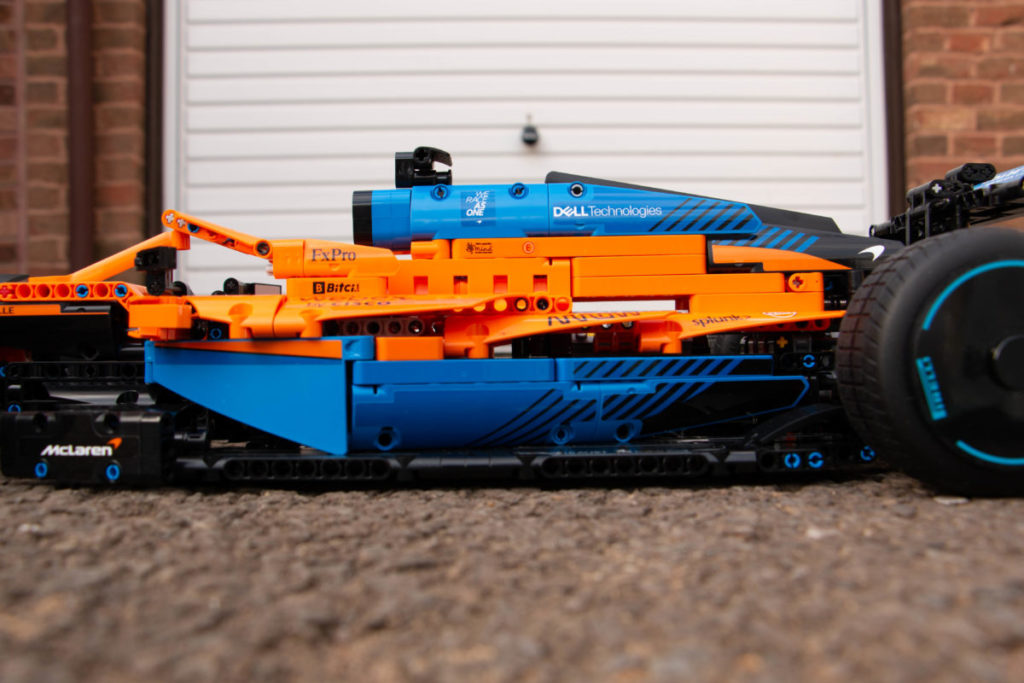
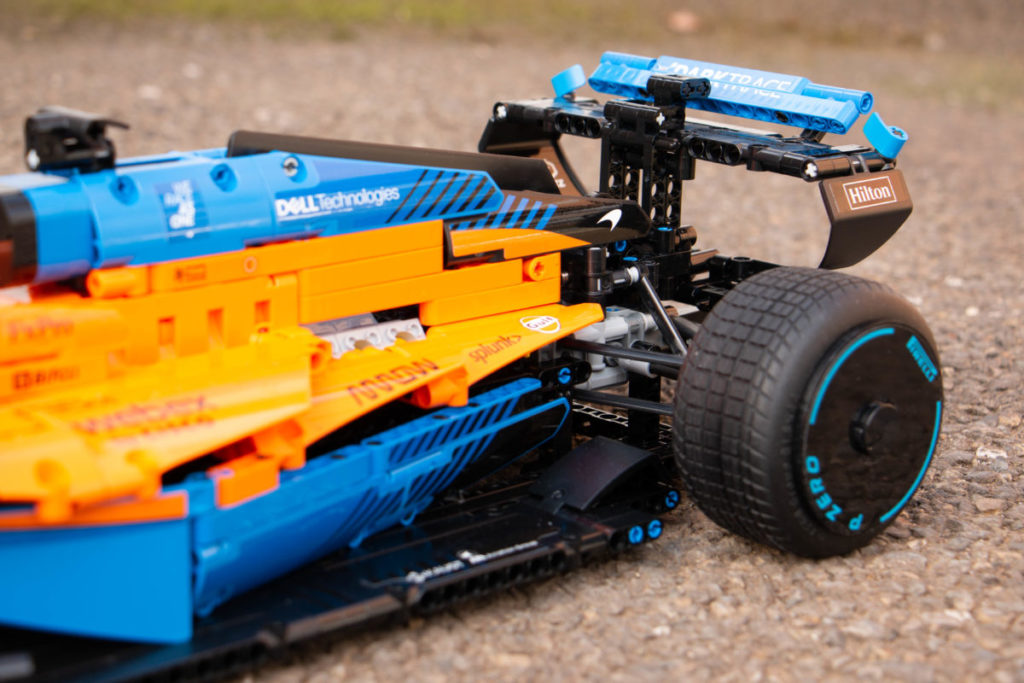
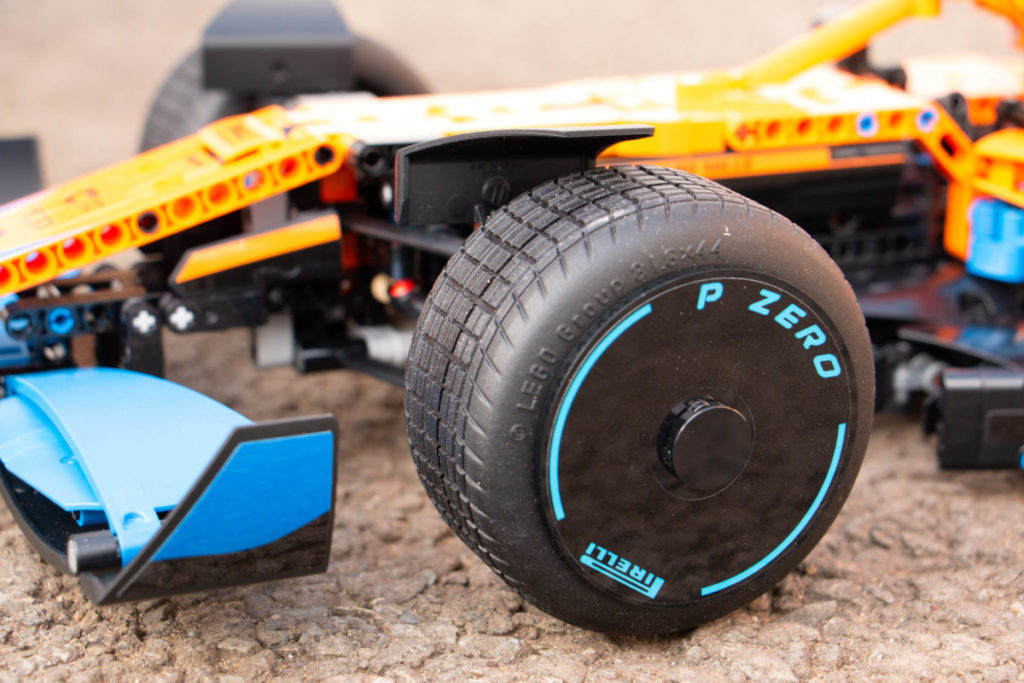
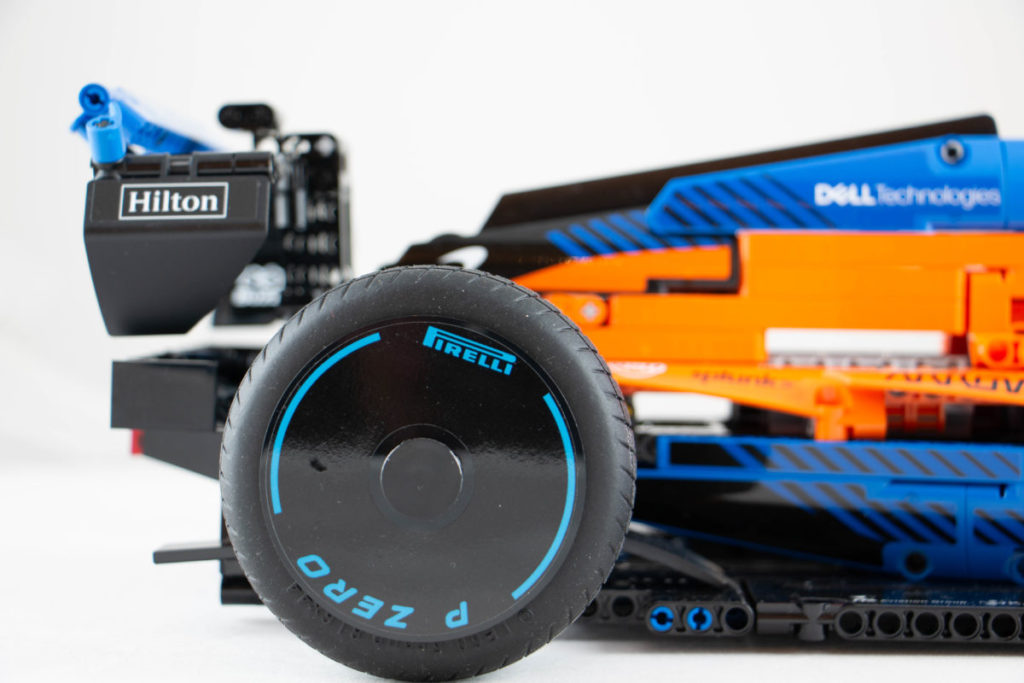
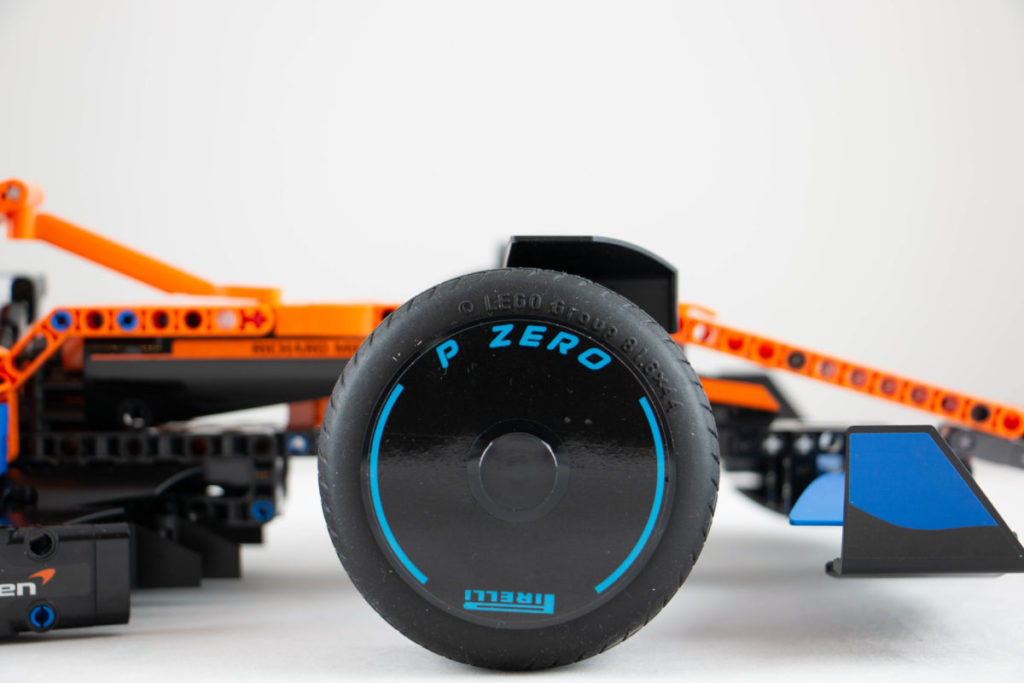
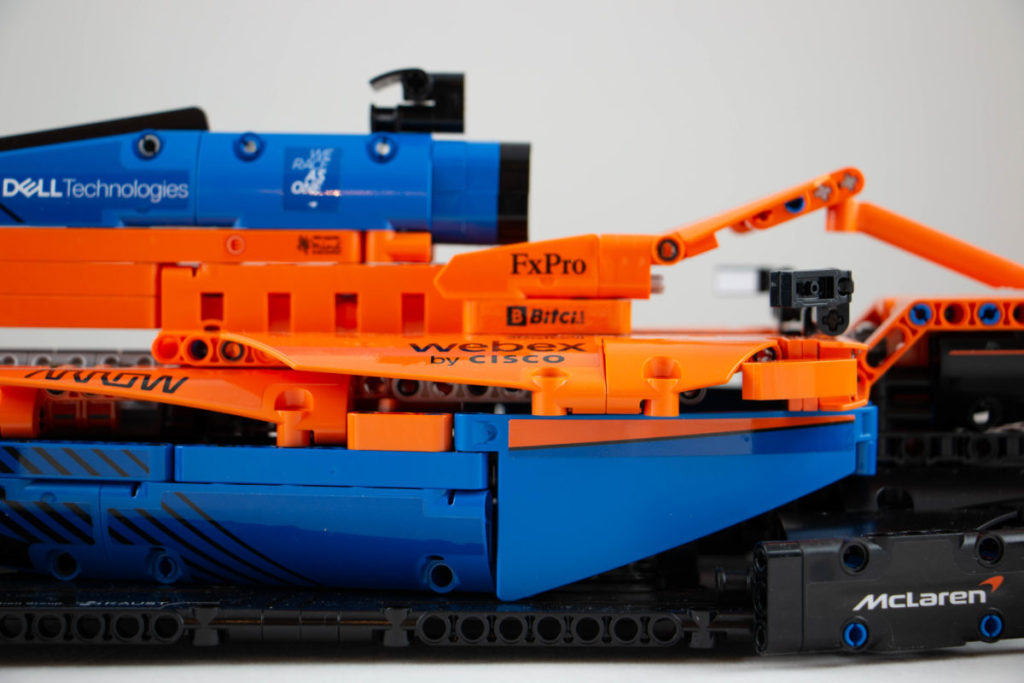
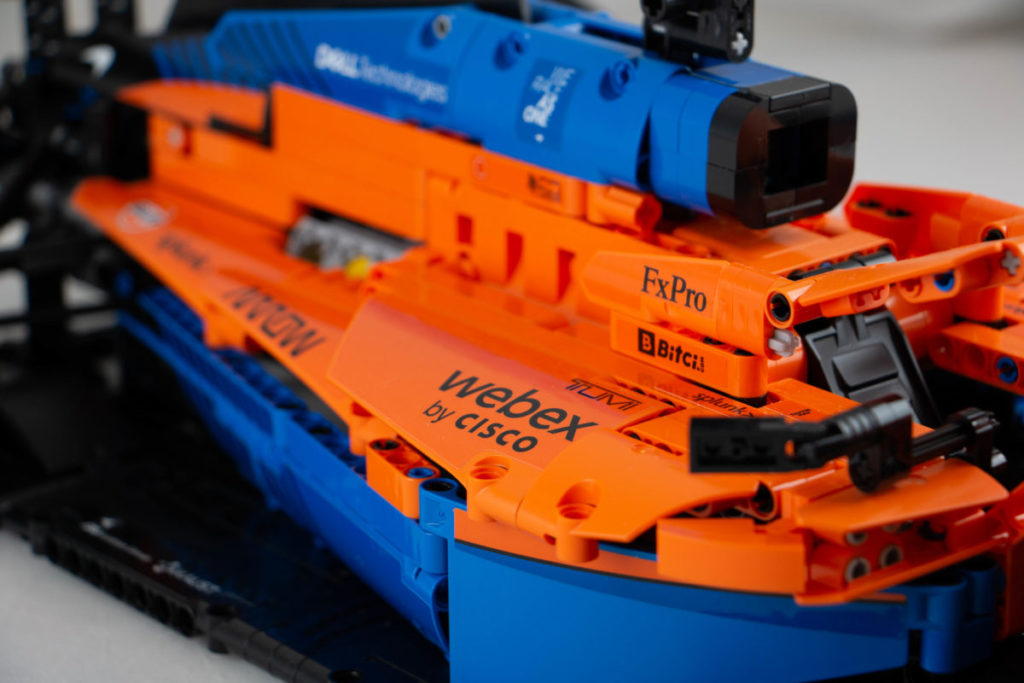
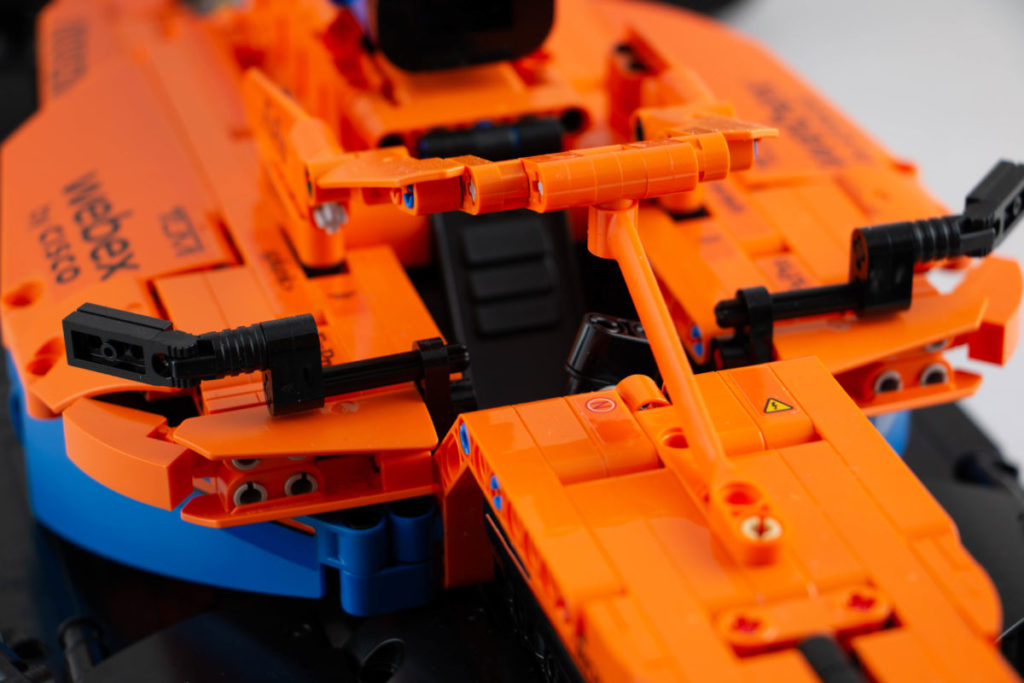
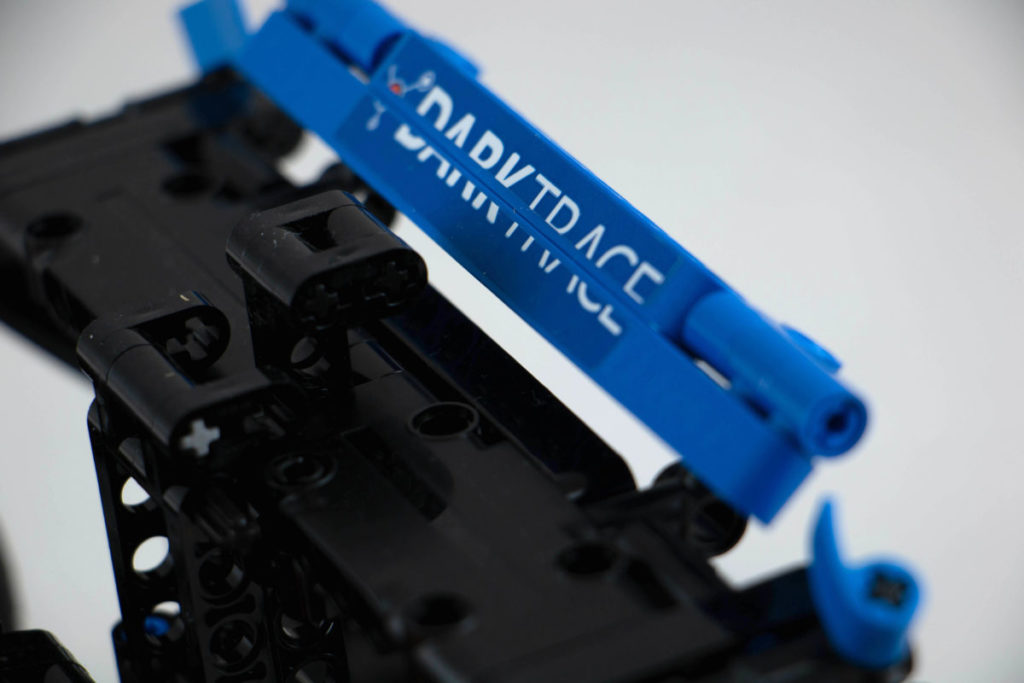
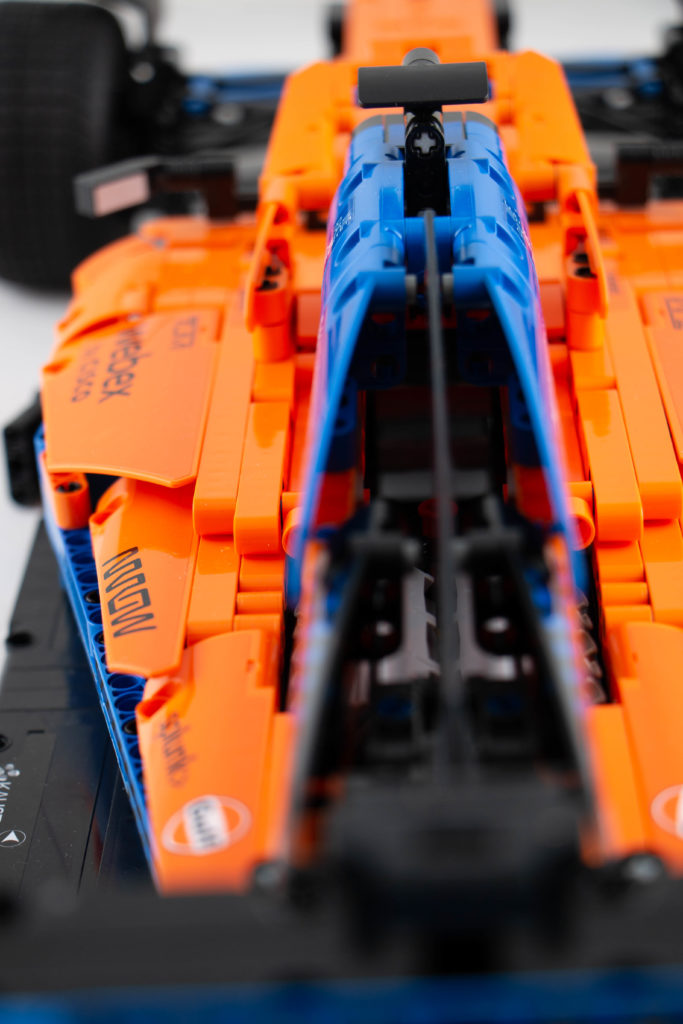
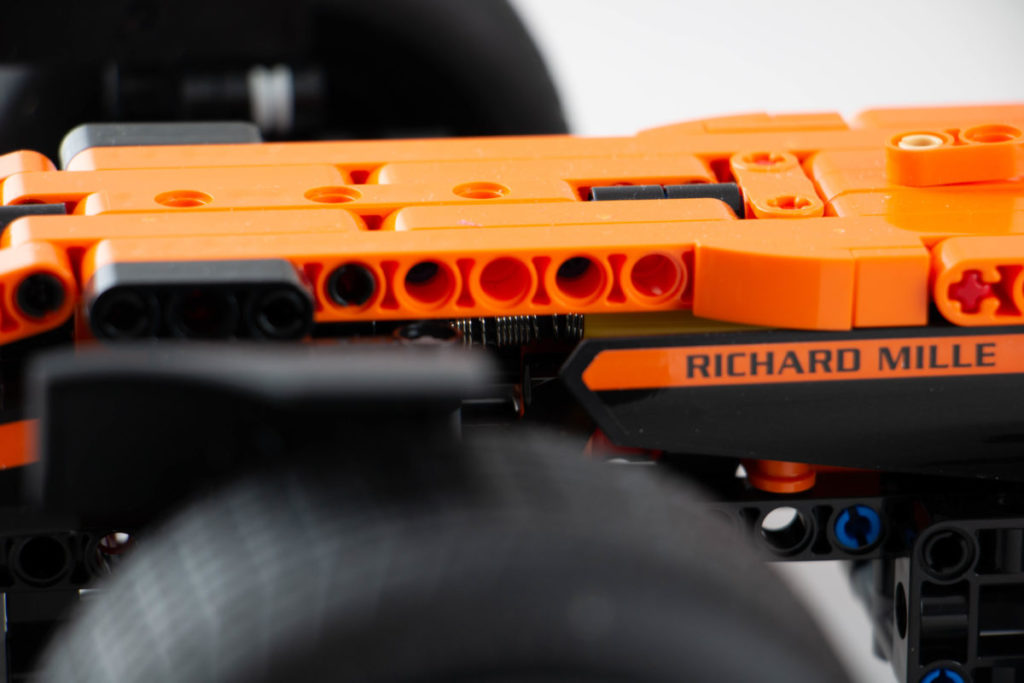
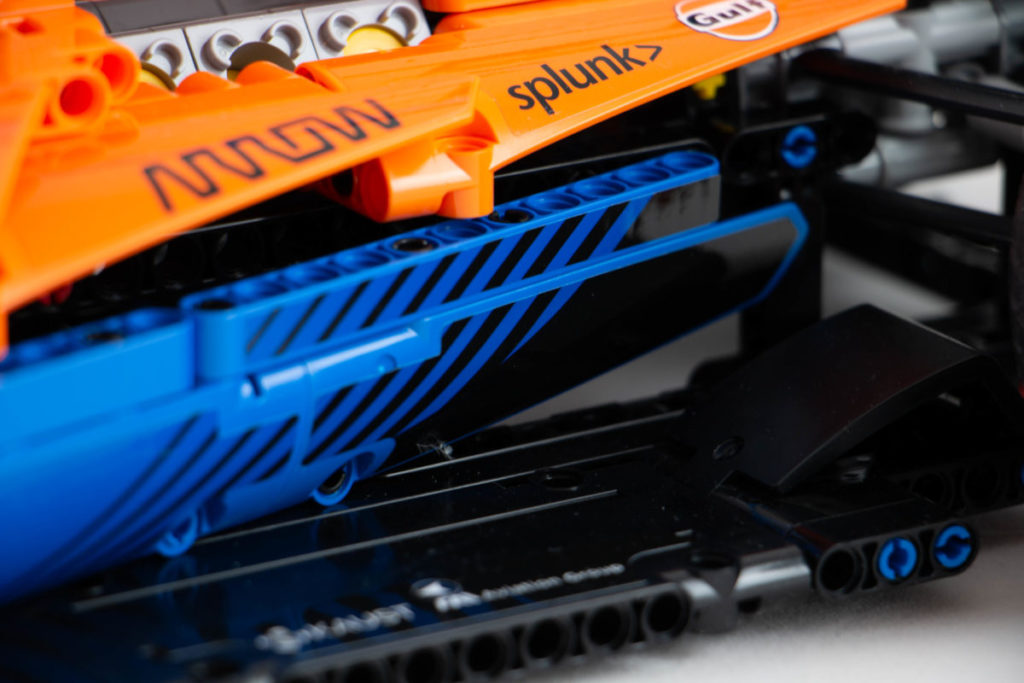
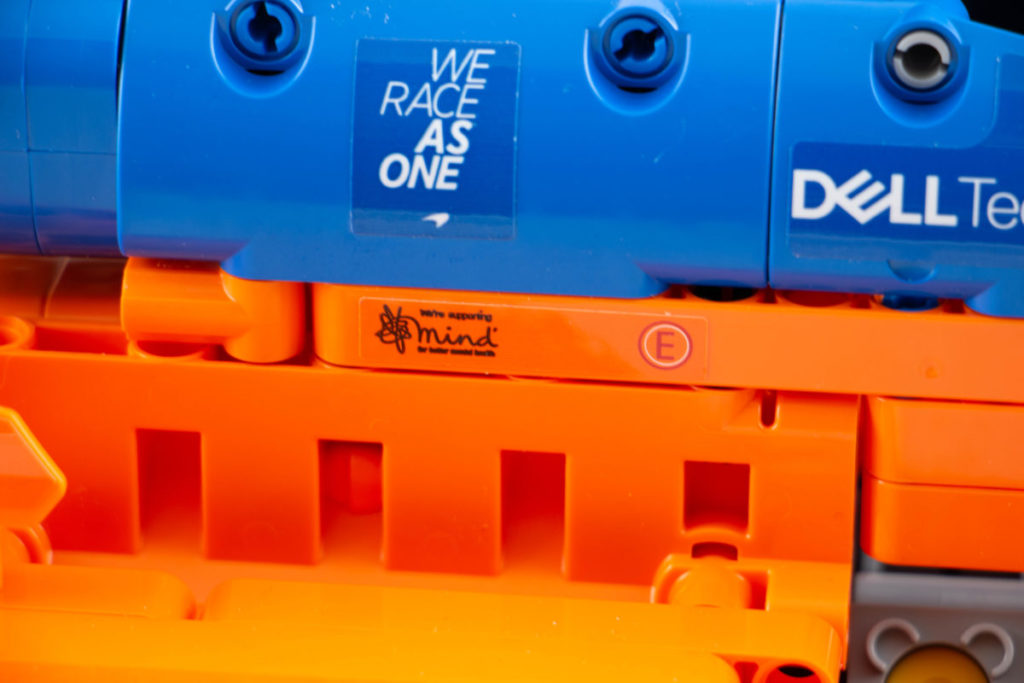
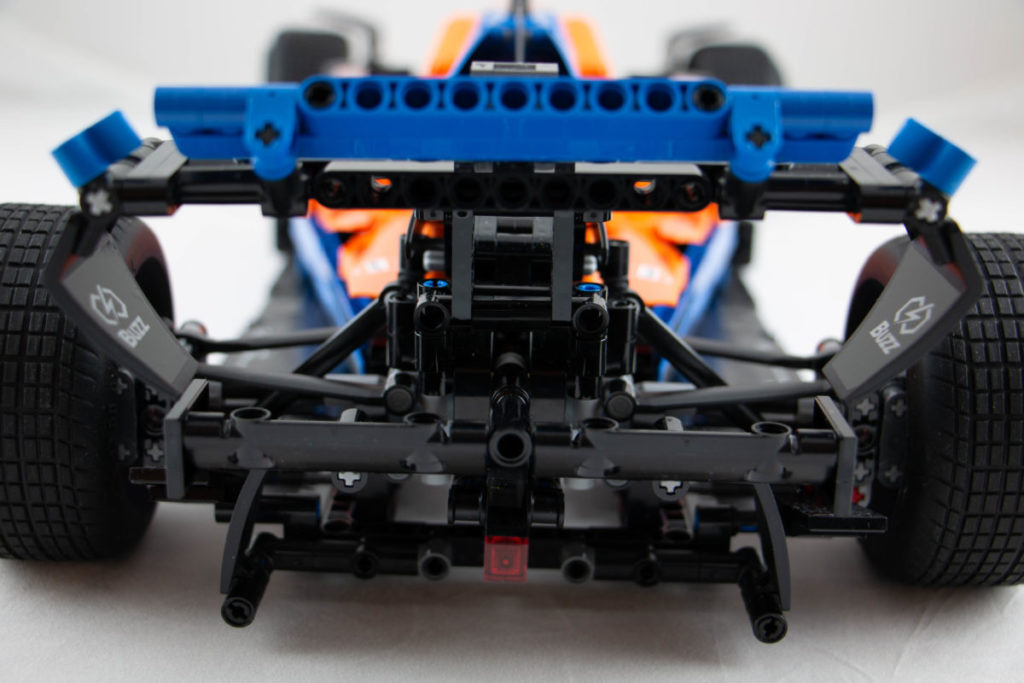
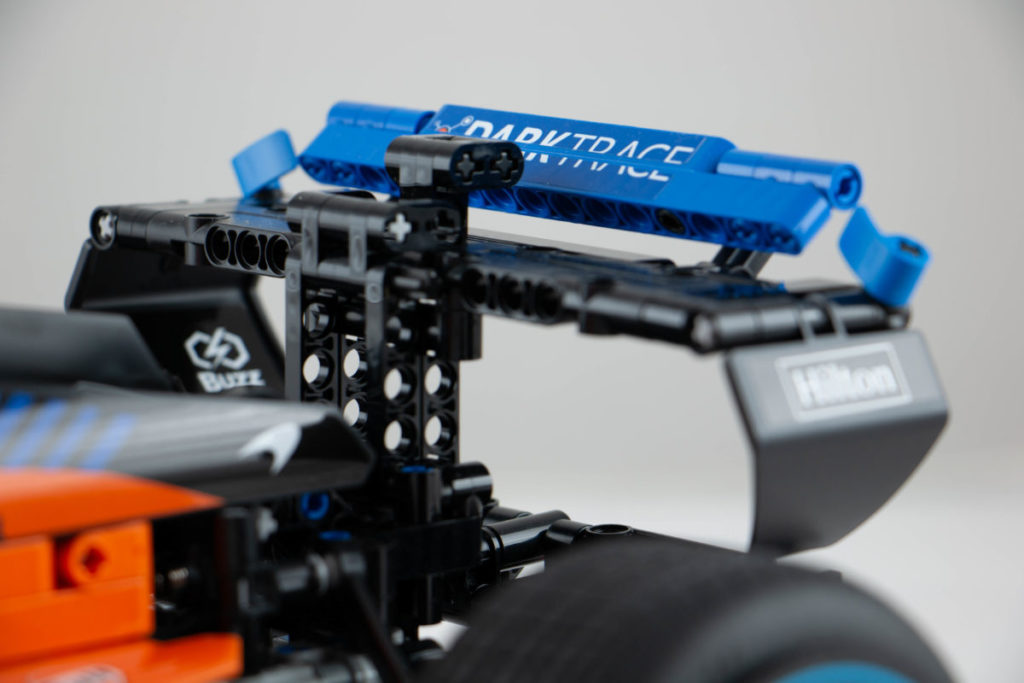

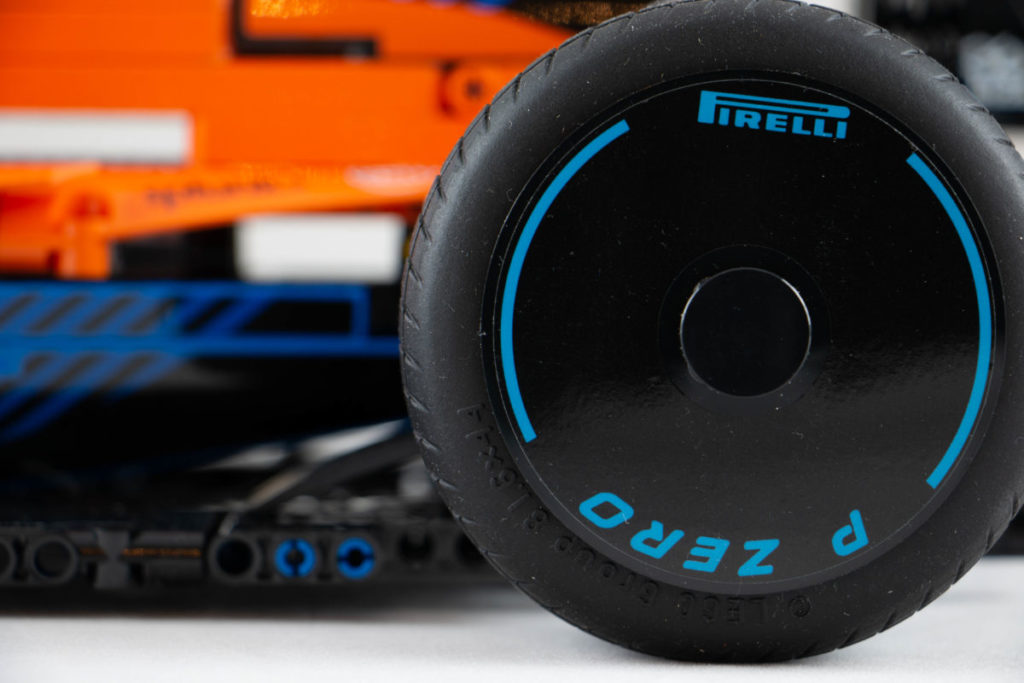
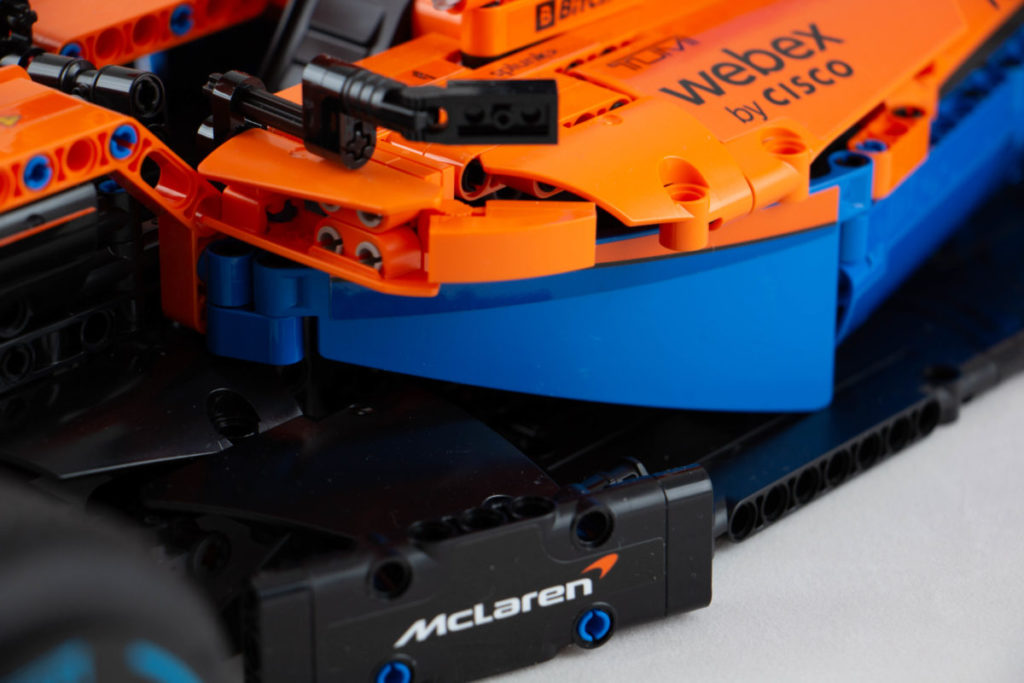
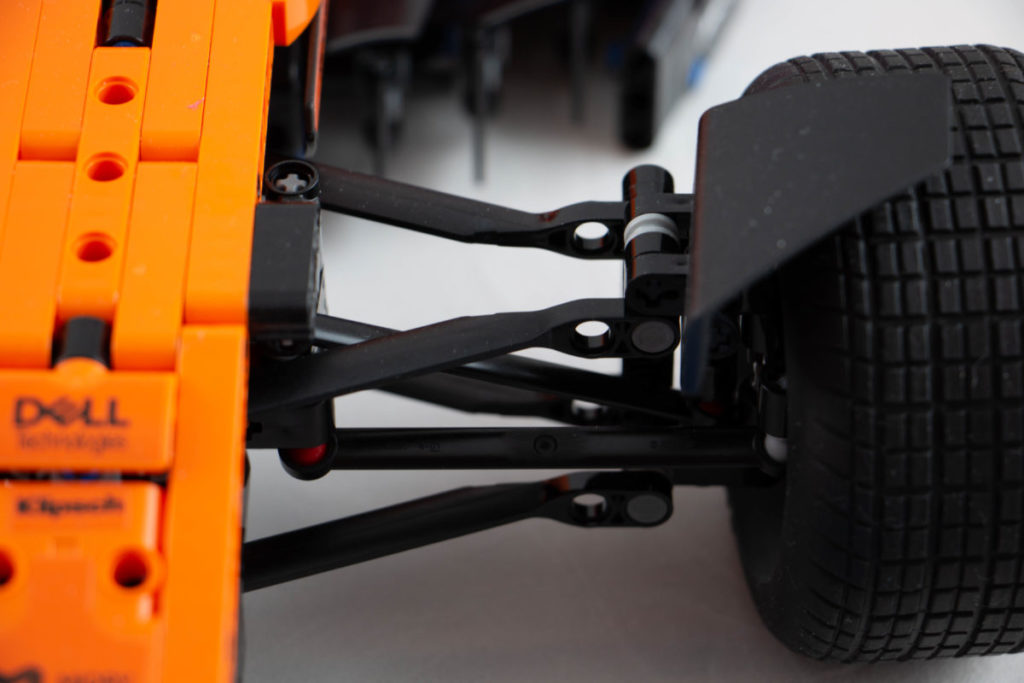
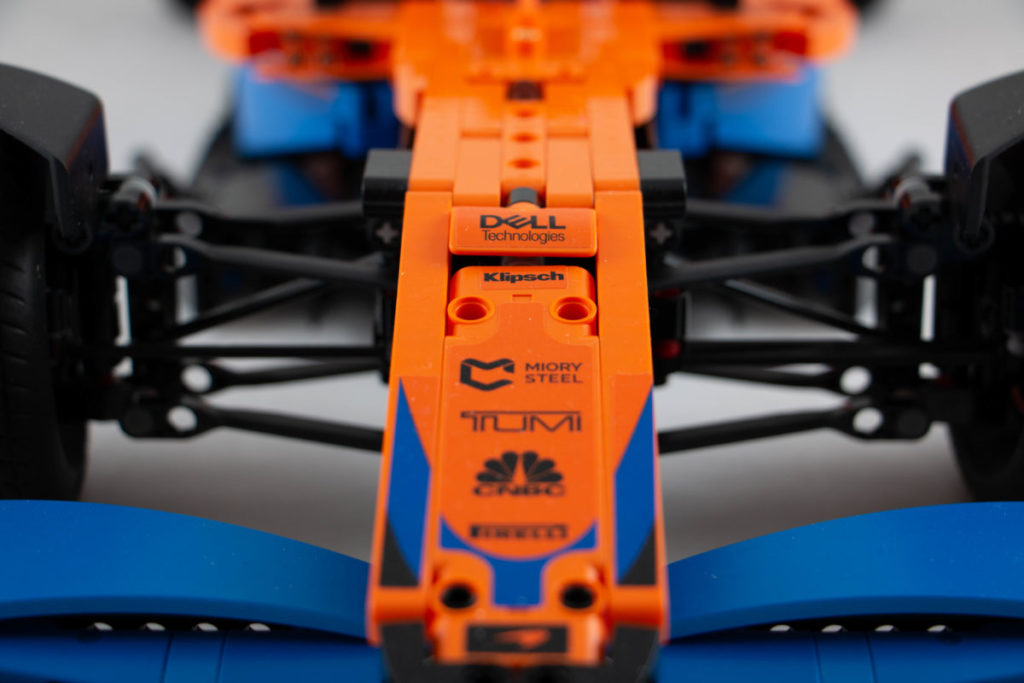
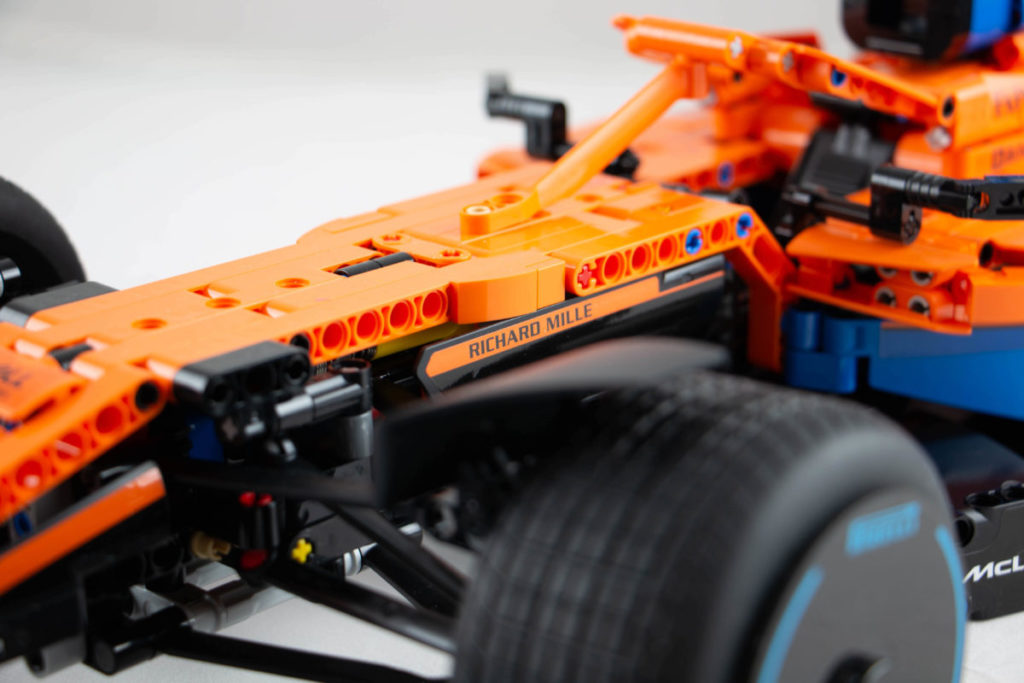
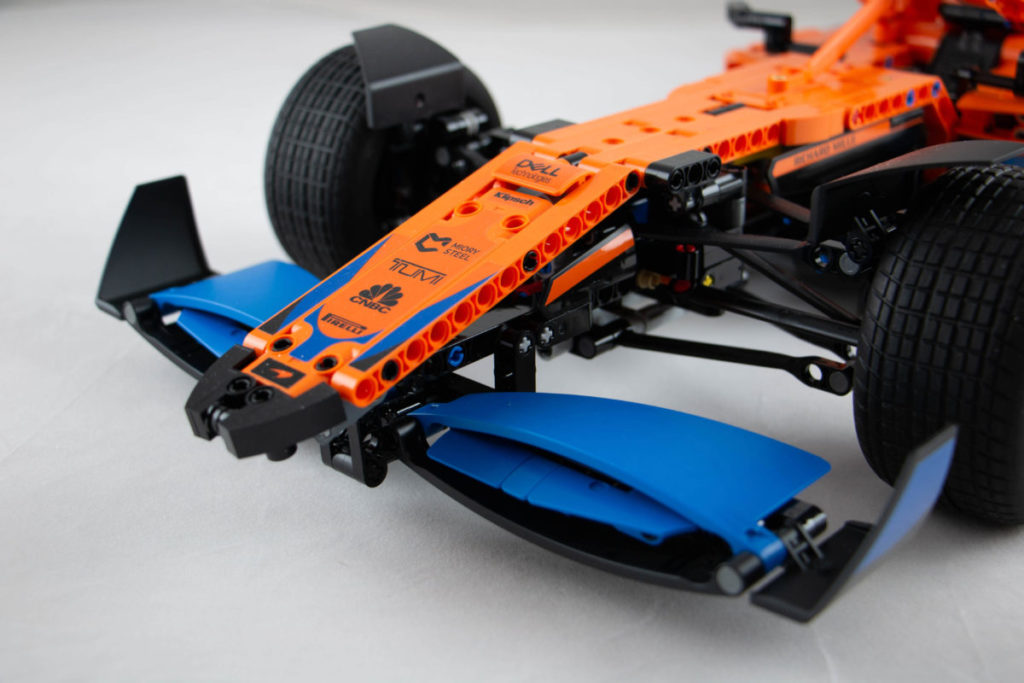





While I enjoyed building the McLaren car, I don’t really like the colours, it make the car look cheap. My main gripe is the instruction manual. It’s (for want of a better word) lazy. I would expect a global company to spend a little more on the manual and it give it a quality feel. Better colouring on the page, and extra pages where connection is on the blind side of the main construction, so you can actually see where to connect instead of having to guess. I’m sure Lego have an overinflated profit on these items. Instruction Manuals can be a collectors item in their own right………..not this one!
I think the steering rods are too short. The steering wheel can be positioned correctly but the wheels are misaligned. It is ‘pigeon toed’. Disconnecting the steering rods allows the wheels to be straight, the steering wheel to be straight, but non-functional . Does anyone have any advice on my mistake, or is the model imperfect?
Regarding the centering of the steering wheel in relation to the front wheels, I could be wrong but I don’t think it can be done. I tried to correct this during the build but I wasn’t able to. Even the illustrations in the manual show that the steering wheel is slightly off being horizontal while the wheel hubs are facing forward.
The two 8 tooth gears in the steering introduce the error as the teeth spacing causes the error. It somehow needs a third one to get the spacing correct but don’t now how to achieve this!
How much and when for Australia?
I remain disappointed that while Lego evidently had (some) access to the 2022 chassis design in order to create this set, it is supplied in 2021 colours… Re: the main article, this set unfortunately isn’t Fluoro Papya.
They probably used the FIA generic chassis released last year. I don’t believe they would risk to leak a millionaire project just to sell accurate toys